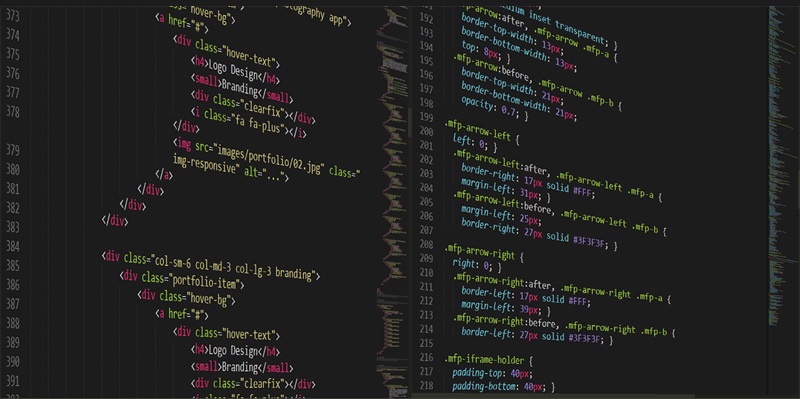In today’s rapidly evolving digital landscape, ensuring the security of software applications has become a top priority for organizations. The integration of security practices within the software development lifecycle is crucial to protect sensitive data, mitigate vulnerabilities, and safeguard against cyber threats. This comprehensive guide explores the fundamentals of DevSecOps as security experts unanimously share its significance. We will delve into the key considerations for choosing security practices, the importance of applying security measures during API development, the rising importance of code scanning, and the expansion of observability in DevSecOps. Additionally, we will discuss proactive data observability and the establishment of standards for DevSecOps teams to drive efficient and secure software development processes.
Considerations for choosing security practices
Before implementing security practices, it is crucial to consider various factors that may influence them. Business goals, risks, development velocity, technology stack, compliance requirements, and other specific circumstances need to be taken into account. A tailored approach to security practices allows organizations to align their security efforts with their unique needs, ensuring comprehensive protection without compromising development speed or operational efficiency.
The role of APIs in security practices
In today’s interconnected ecosystem, APIs have become a cornerstone of software development. However, while organizations widely adopt APIs, not all have fully embraced the concept of shifting left and integrating security practices during API development. This oversight can expose vulnerabilities that attackers may exploit. Therefore, it is essential for organizations to prioritize the implementation of robust security practices throughout the API development lifecycle to ensure the confidentiality, integrity, and availability of data exchanged through APIs.
Code scanning for security vulnerabilities
With the emergence of generative artificial intelligence (AI) and its potential impact on software development, code scanning has gained even greater importance. As organizations explore the adoption of generative AI in their business processes, code scanning becomes a critical tool for identifying security vulnerabilities. By integrating code scanning capabilities into their software development, organizations can thoroughly review code and highlight potential security risks, reducing the likelihood of security breaches and fortifying application security.
Introducing observability in DevSecOps
Modern distributed applications bring about new challenges for troubleshooting and monitoring. Traditional tools designed for analyzing logs, monitoring metrics, or visualizing traces are often siloed and struggle to handle the vast amount of data generated. To overcome these limitations, DevSecOps should expand the scope of observability in two areas: security observability and data ops and machine learning model (MLOps) observability. By incorporating comprehensive observability practices, organizations can gain valuable insights into their application’s security posture, identify potential threats in real-time, and optimize data handling processes.
Proactive Data Observability
In the era of data-driven decision-making, data observability plays a crucial role in identifying and addressing potential data incidents proactively. By shifting left to address data incidents in their early stages, organizations can minimize the potential impact and cost associated with data issues. Proactive data observability allows for the timely detection of anomalies, ensuring data integrity, privacy, and compliance. Armed with visibility into data pipelines and processes, DevSecOps teams can quickly react and mitigate potential data breaches before they escalate.
Establishing standards for DevSecOps teams
With the plethora of methodologies, tools, and risks in the software development landscape, creating standards is essential to foster consistency and ensure robust security practices. Standards provide a framework for organizations to align their DevSecOps efforts and simplify processes, leading to improved efficiency and effectiveness. By defining and adhering to standards, organizations can streamline their security practices and minimize the potential for oversights or vulnerabilities.
As organizations invest in software development, cloud-native architecture, and CI/CD pipelines, integrating security practices, including DevSecOps principles, becomes an imperative step towards ensuring comprehensive software security. By considering various factors while choosing security practices, prioritizing security in API development, utilizing code scanning to identify vulnerabilities, expanding observability, and establishing standards, organizations can enhance the security posture of their applications. This holistic approach enables faster development cycles, improved resilience against cyber threats, and ultimately helps organizations build trust with their customers and stakeholders in an increasingly digitized world.

